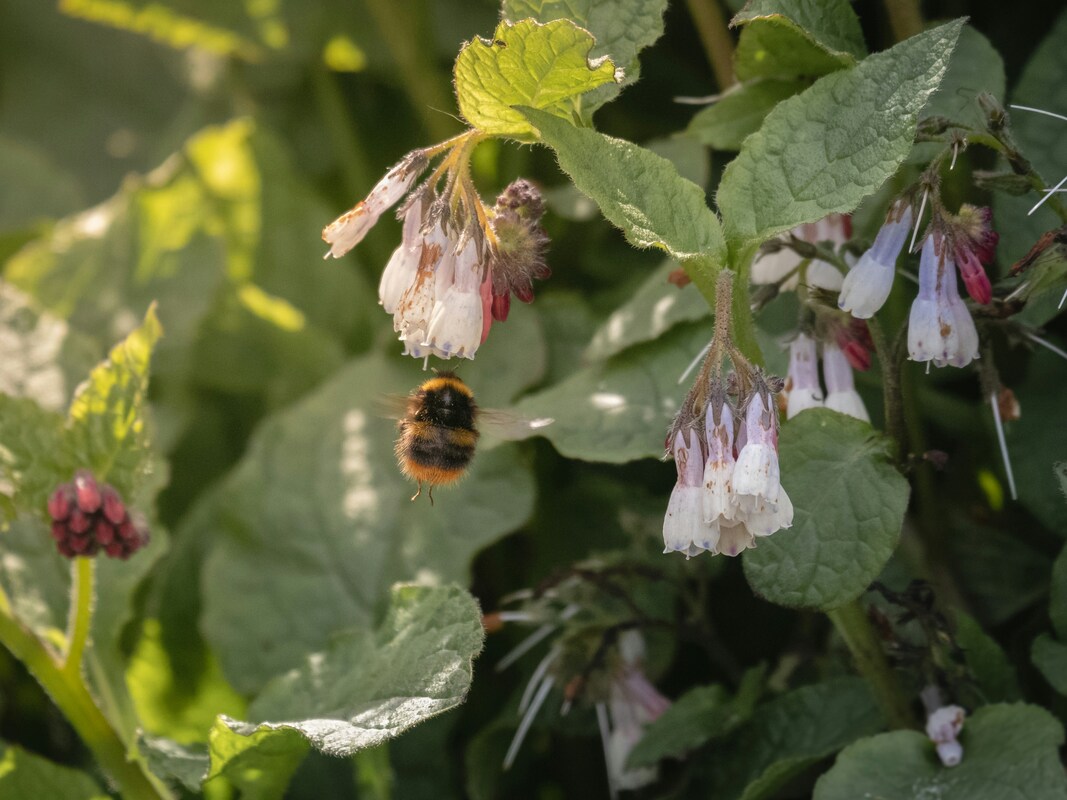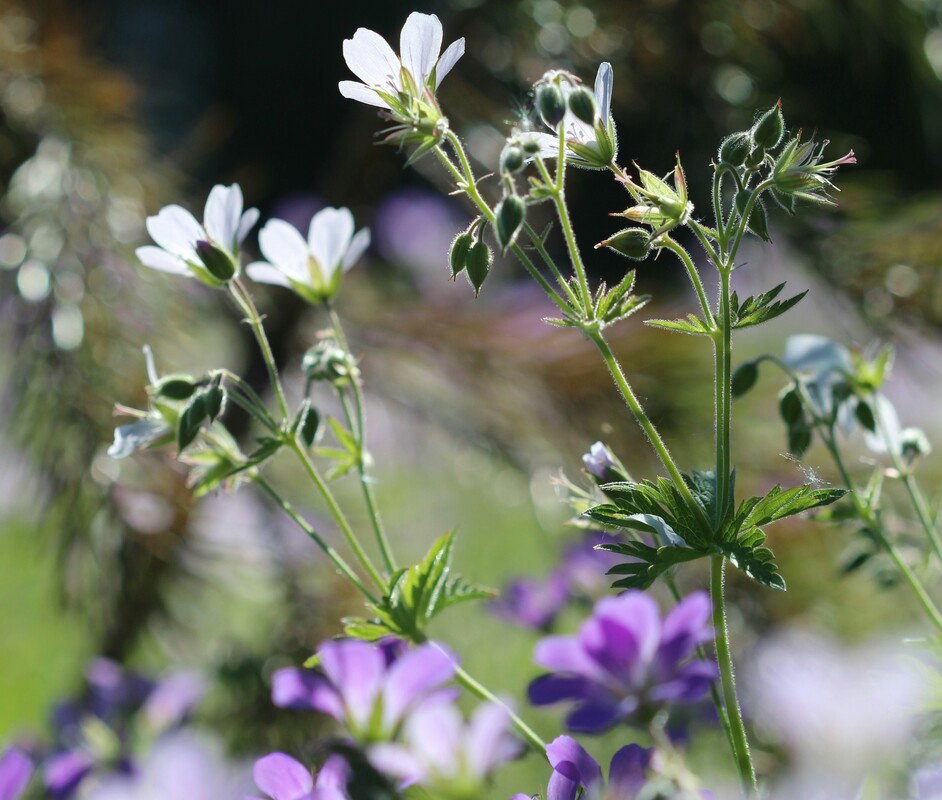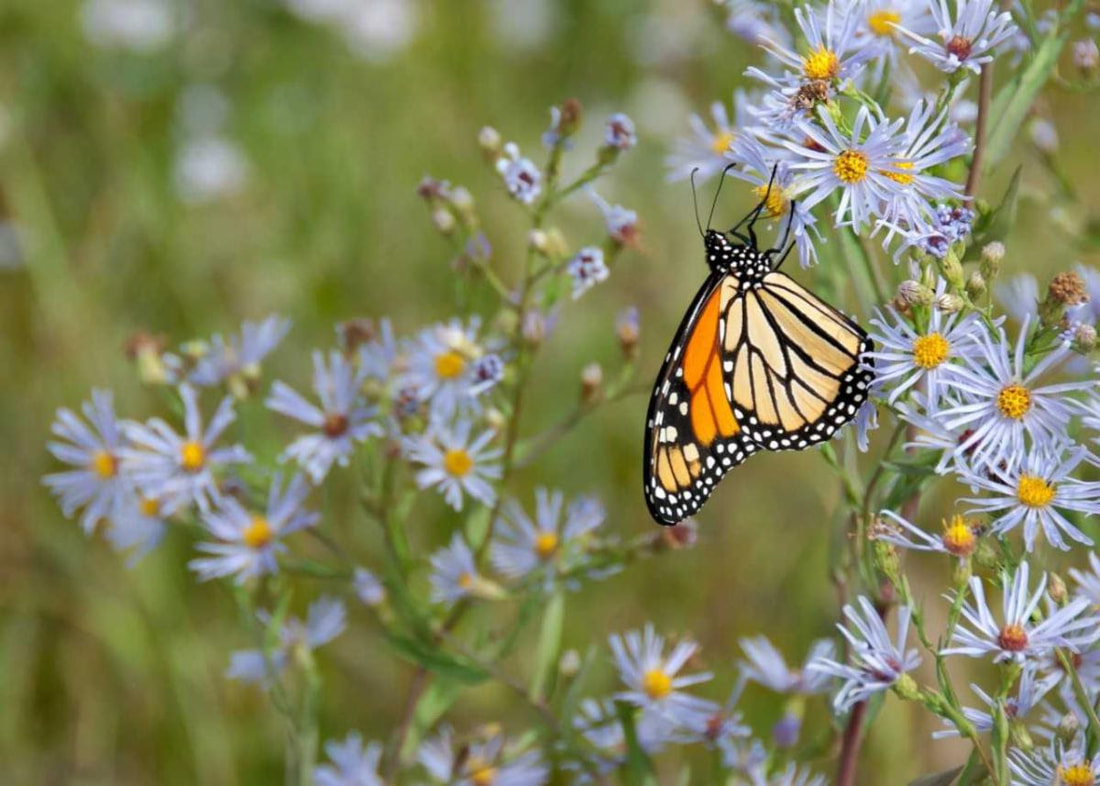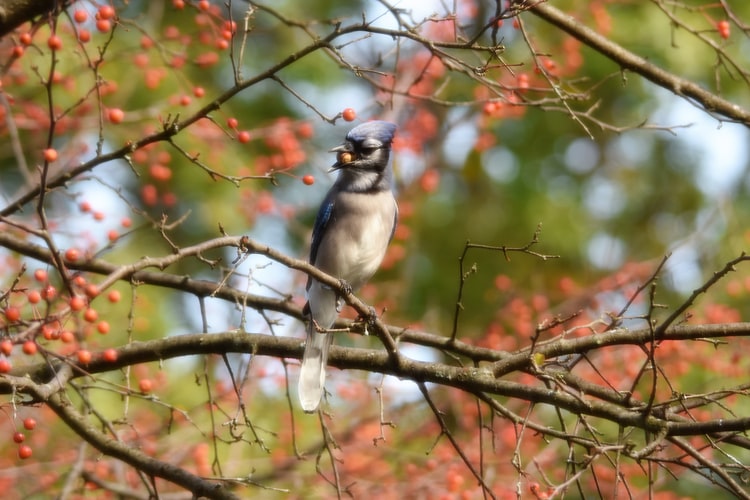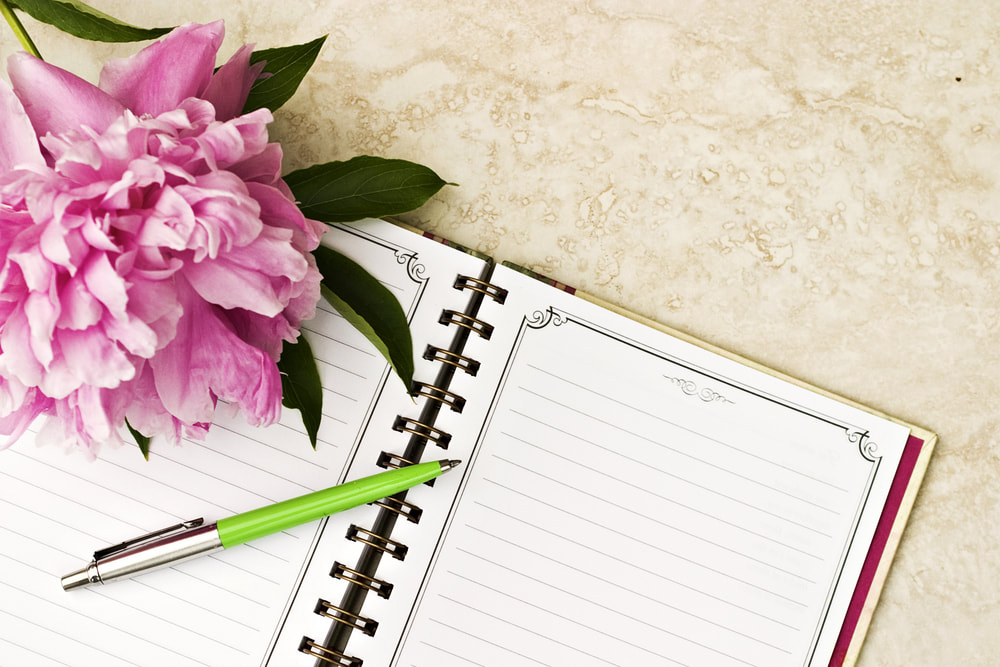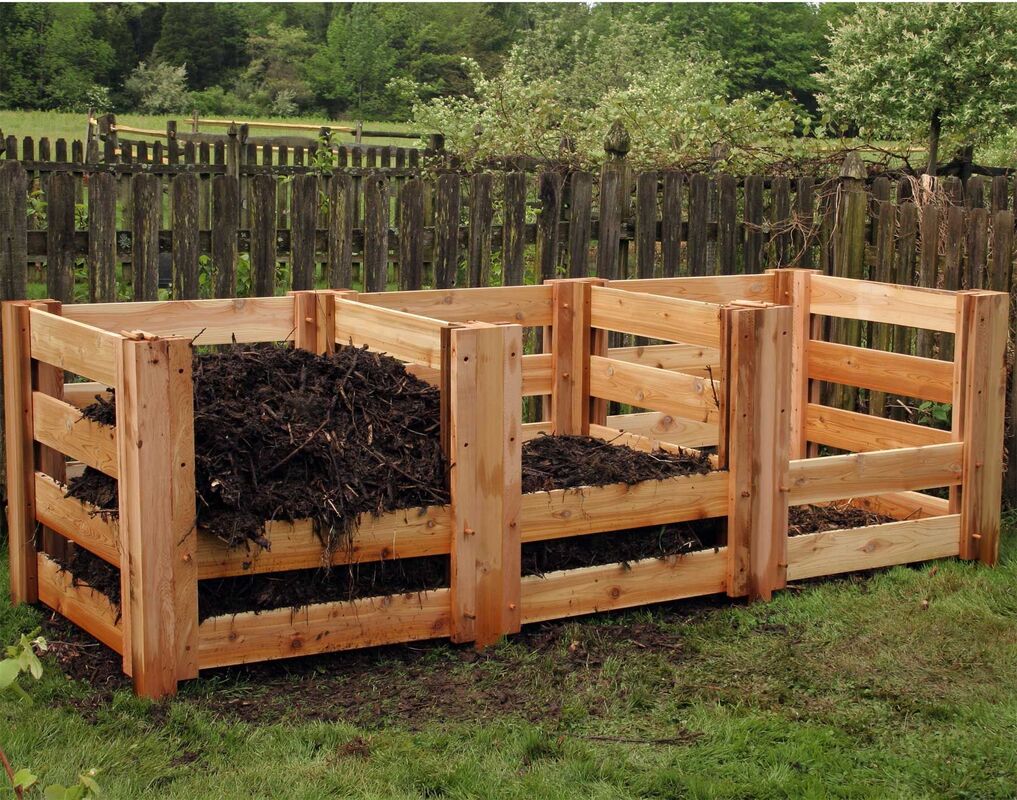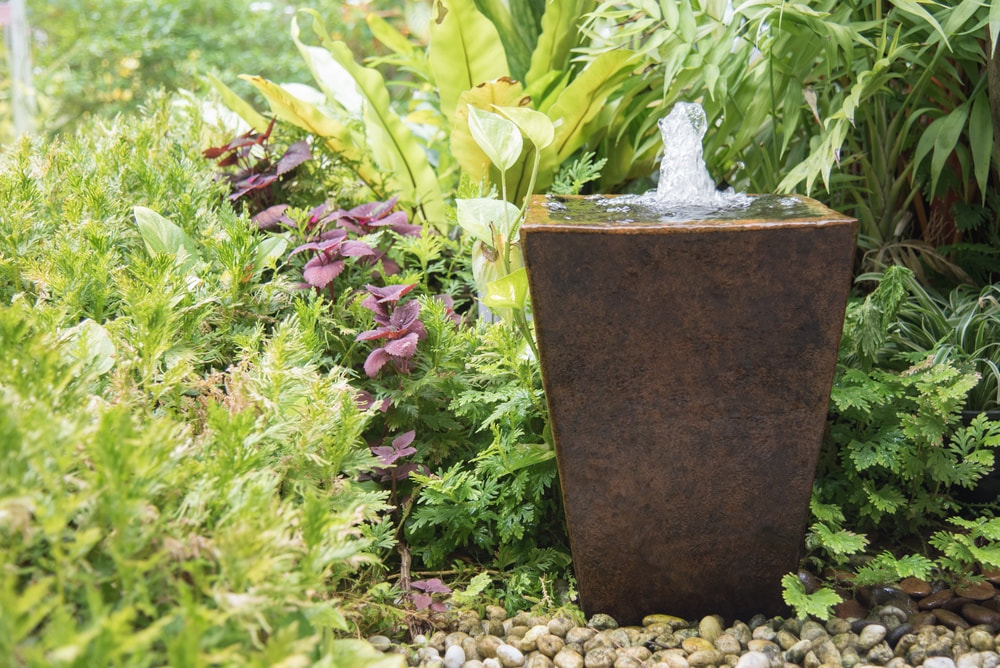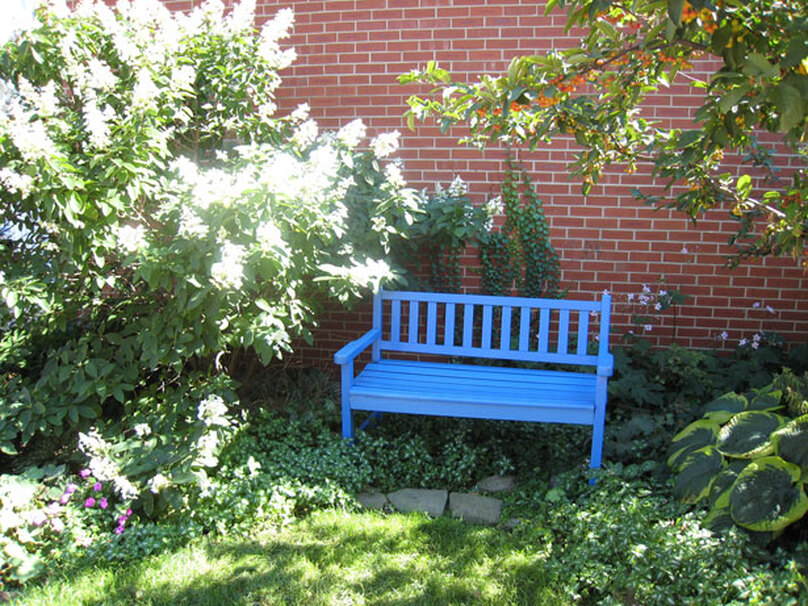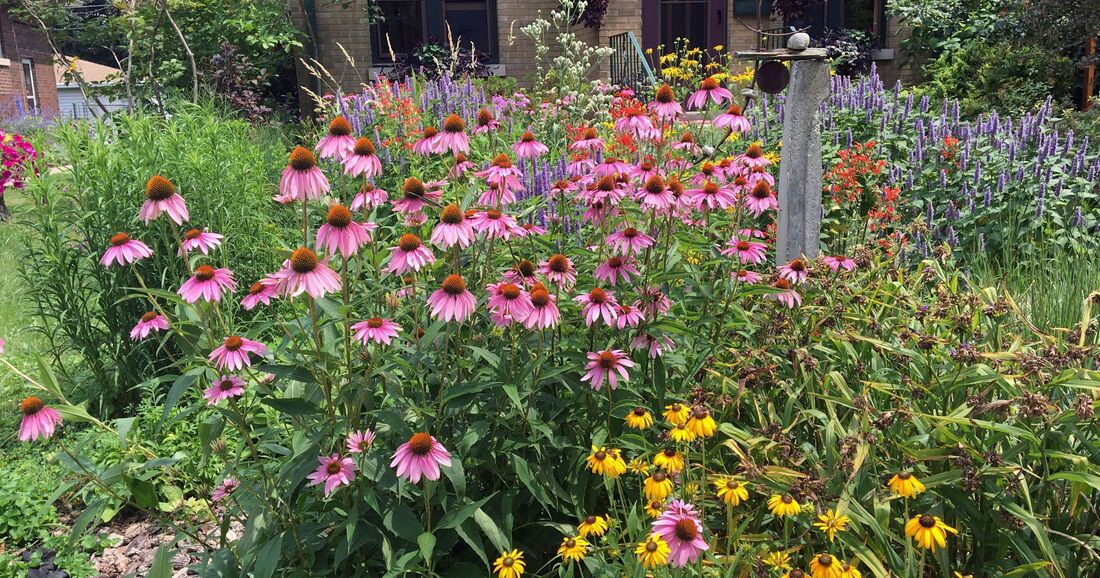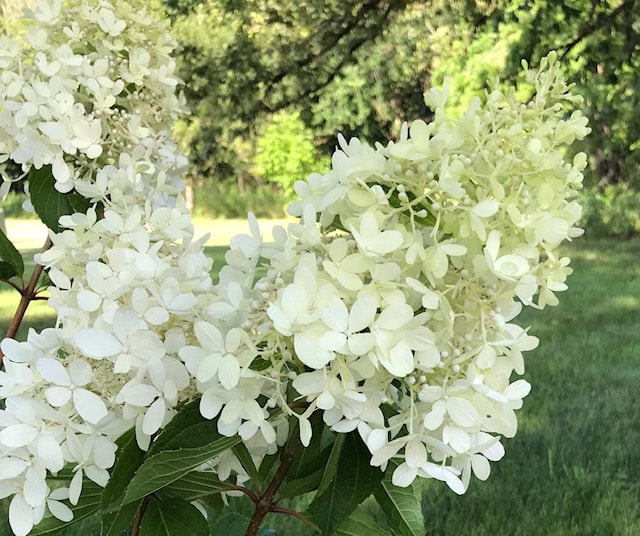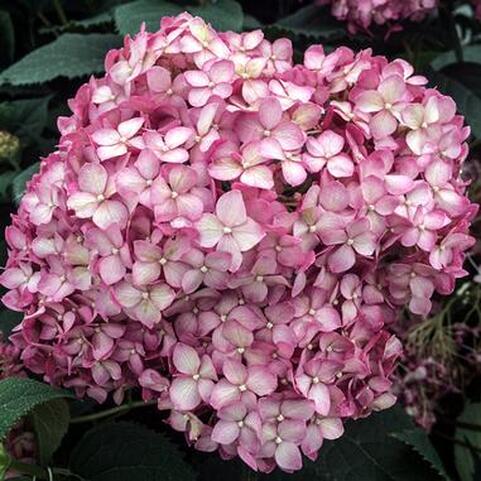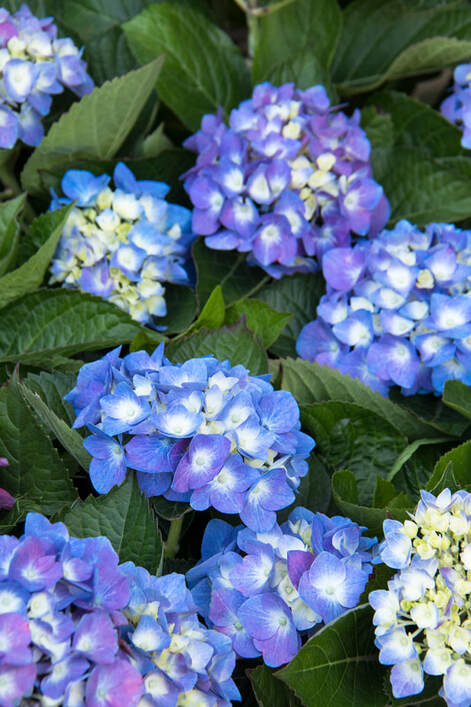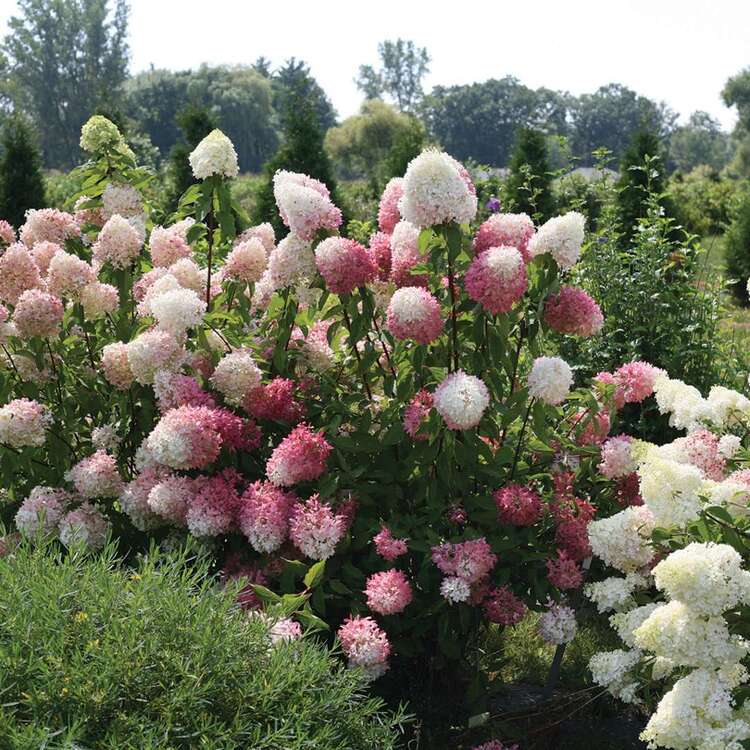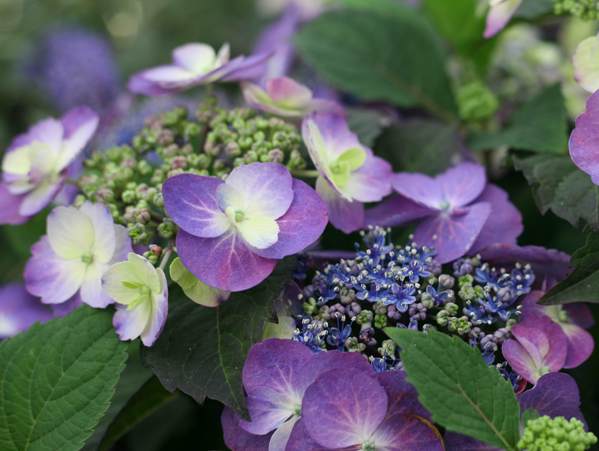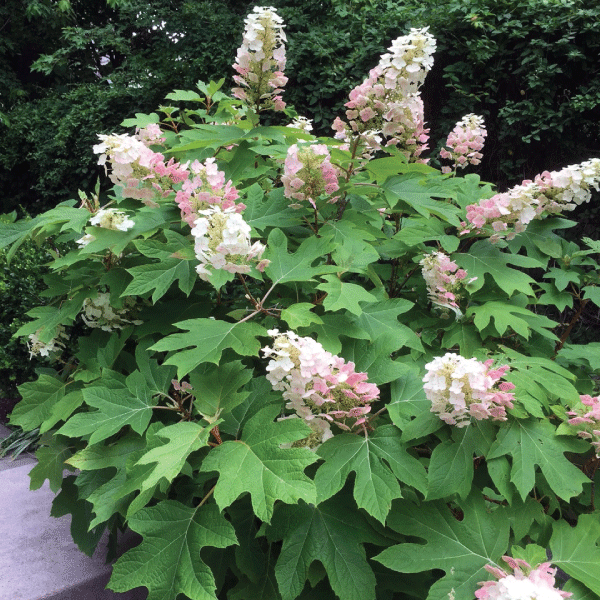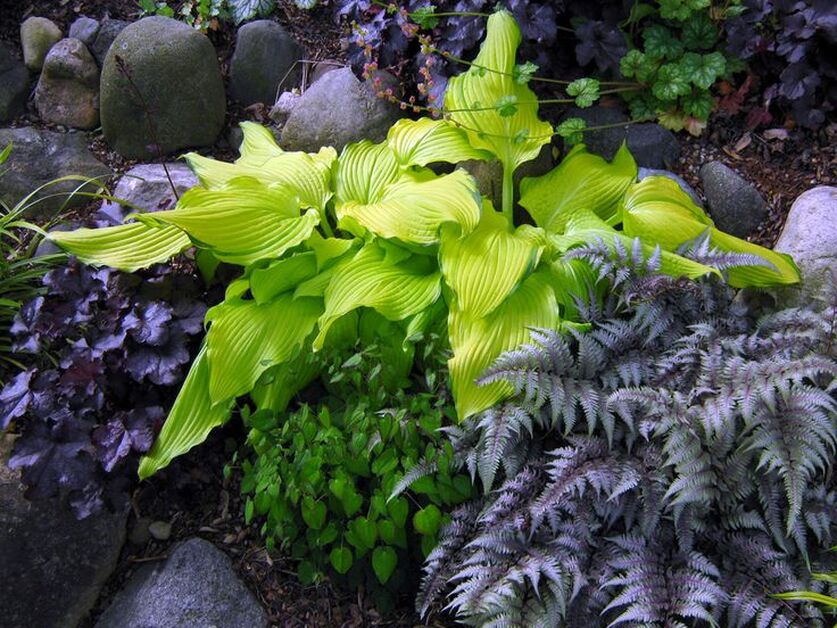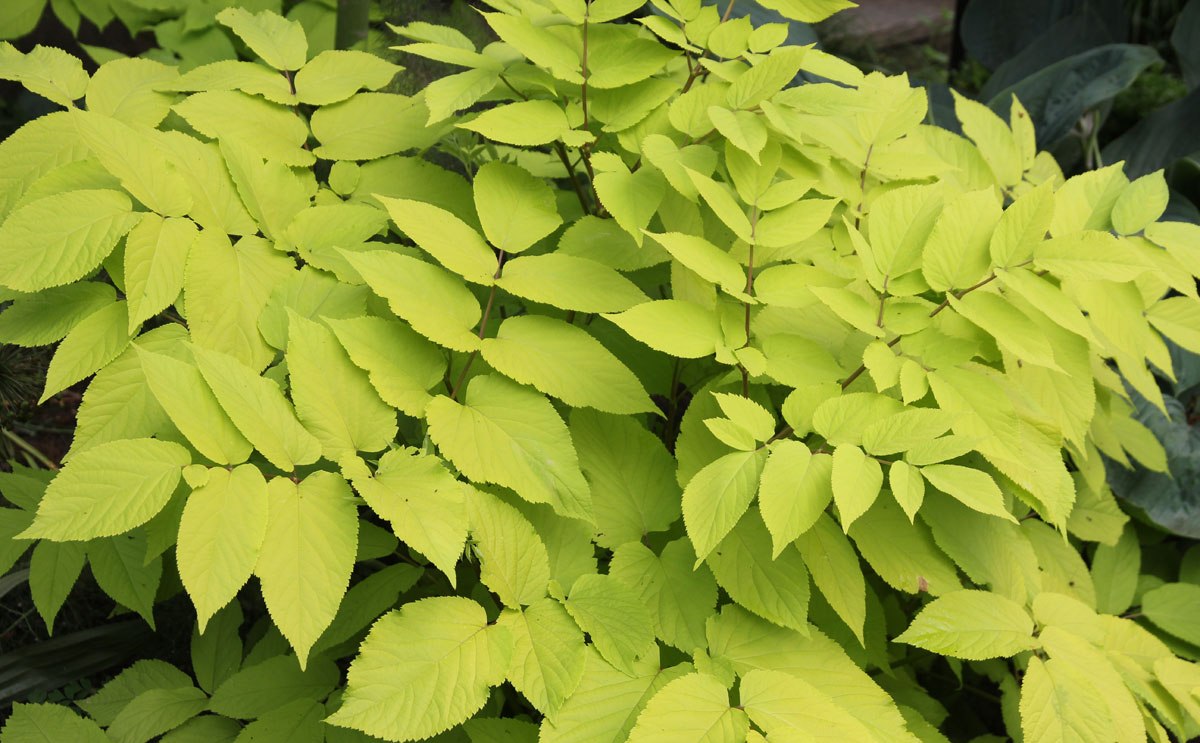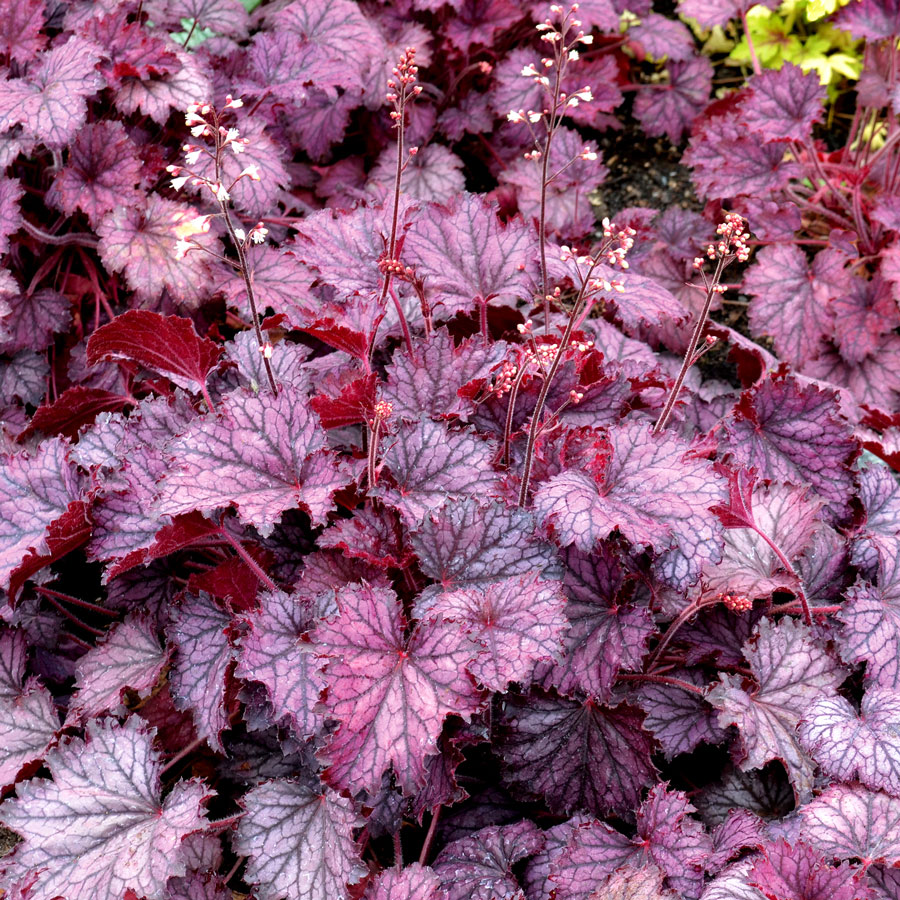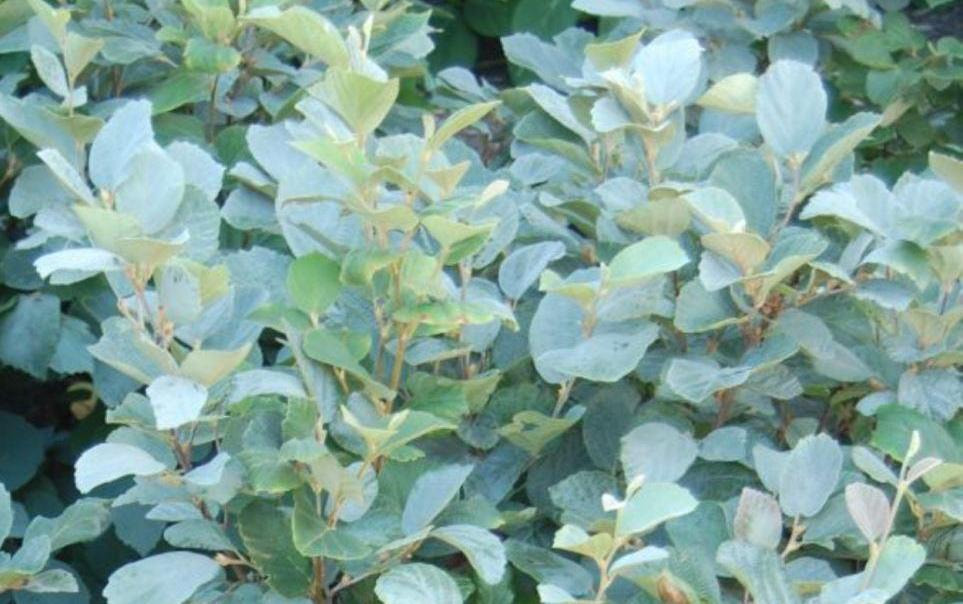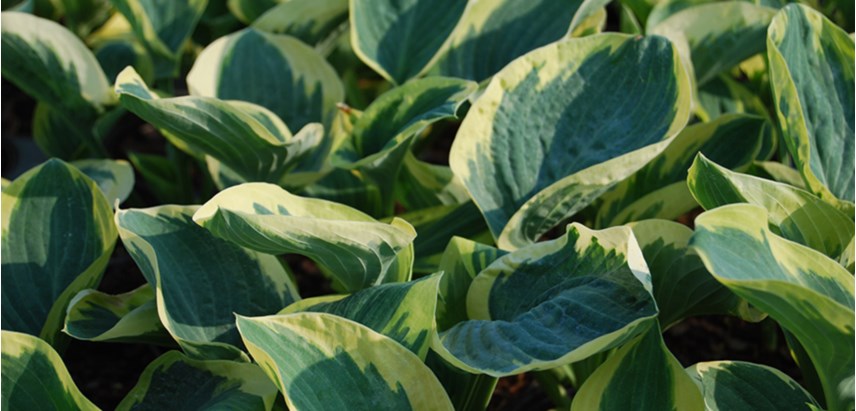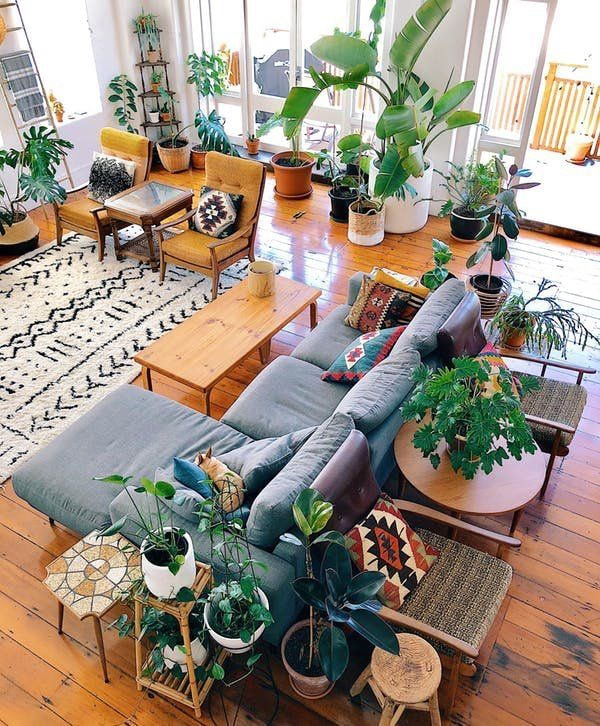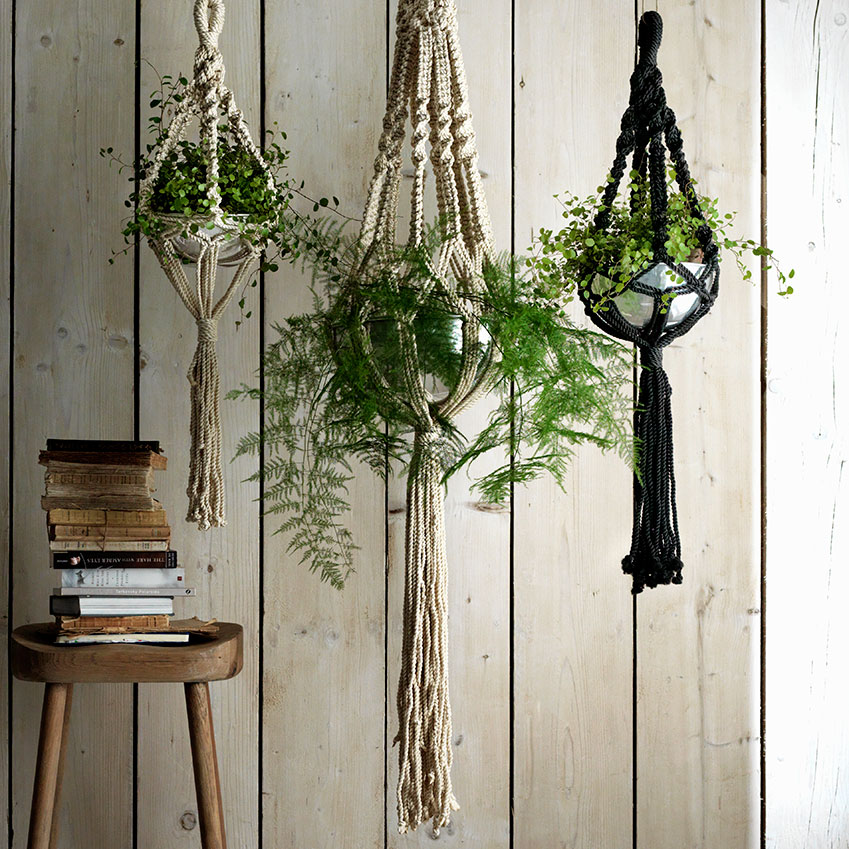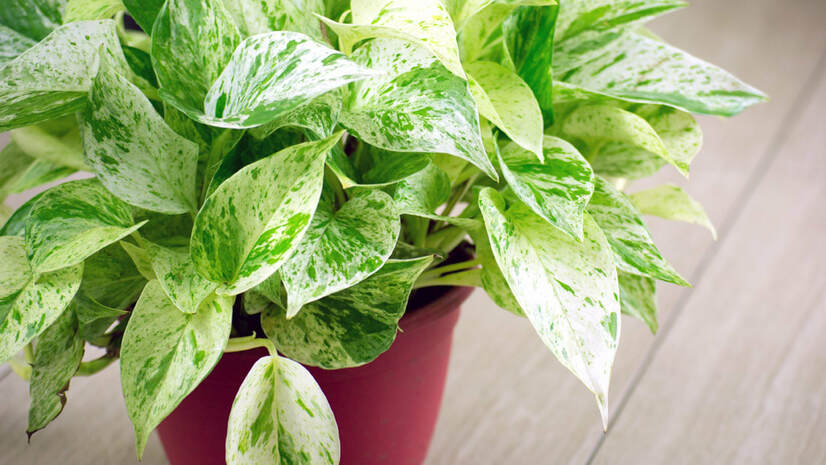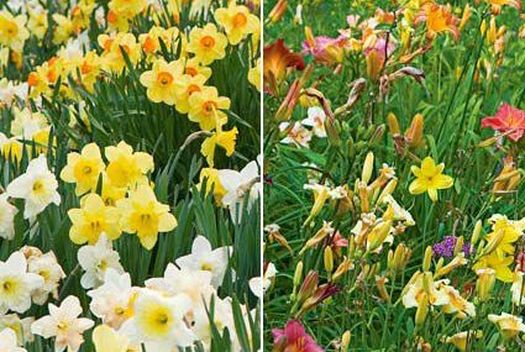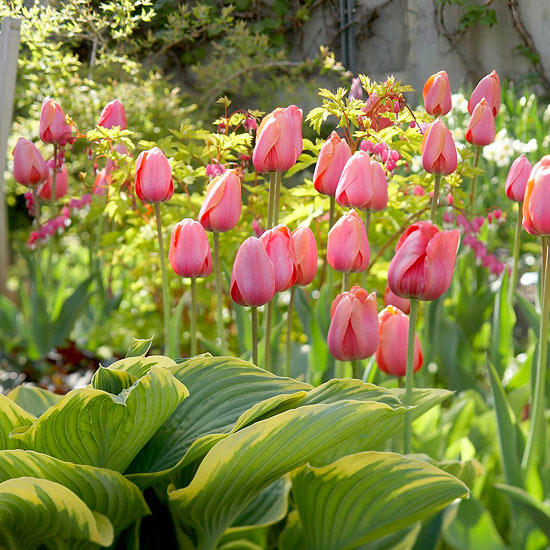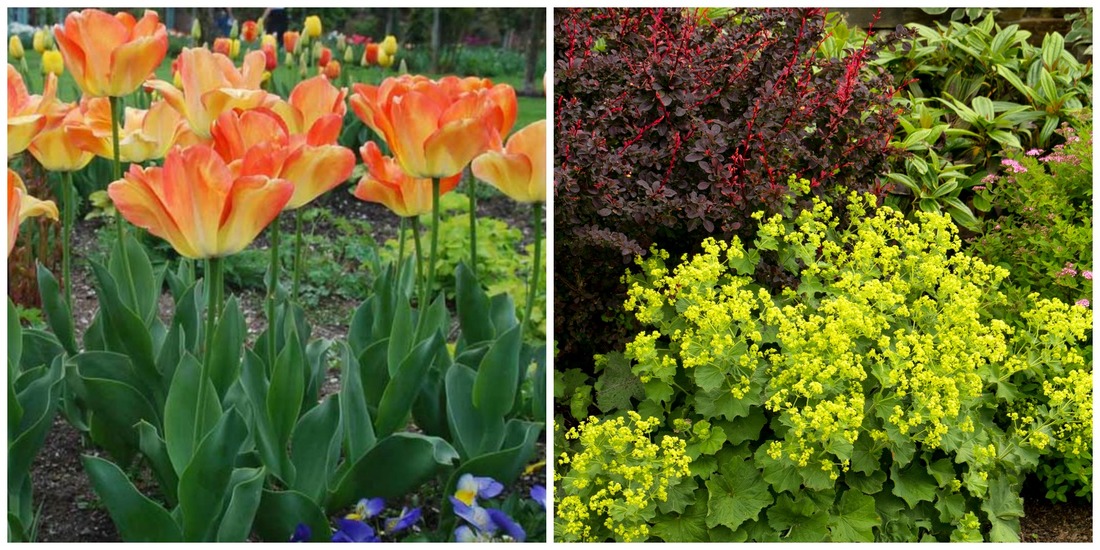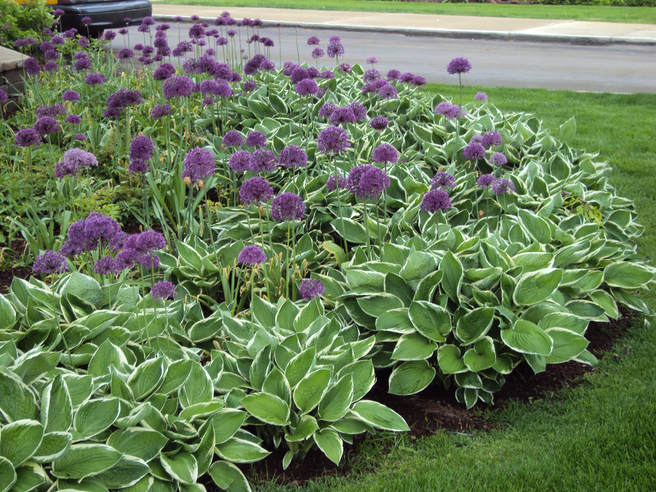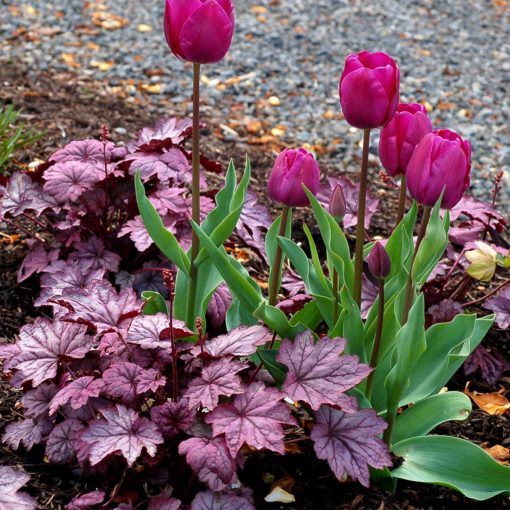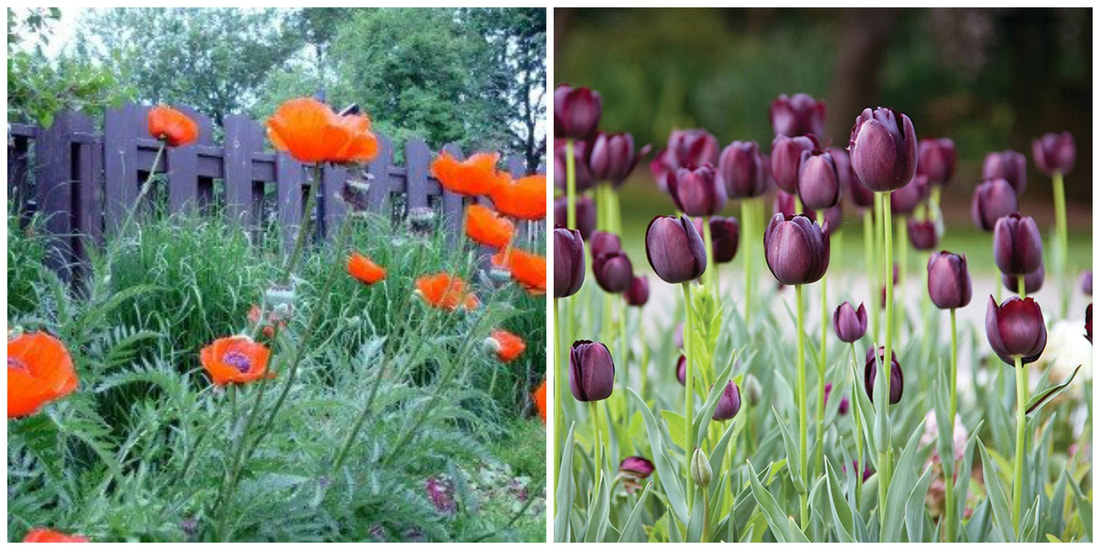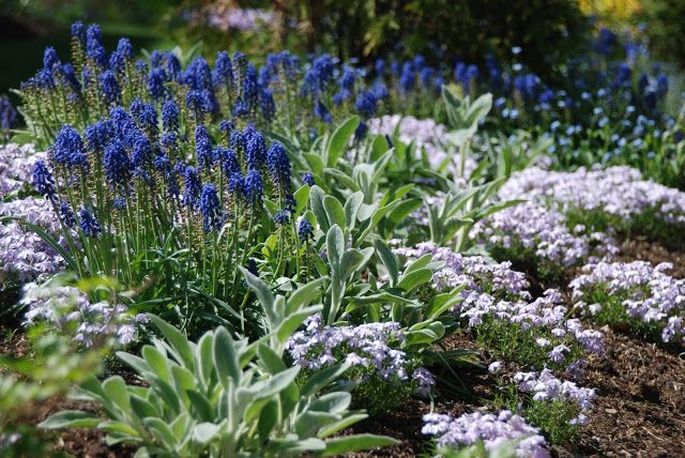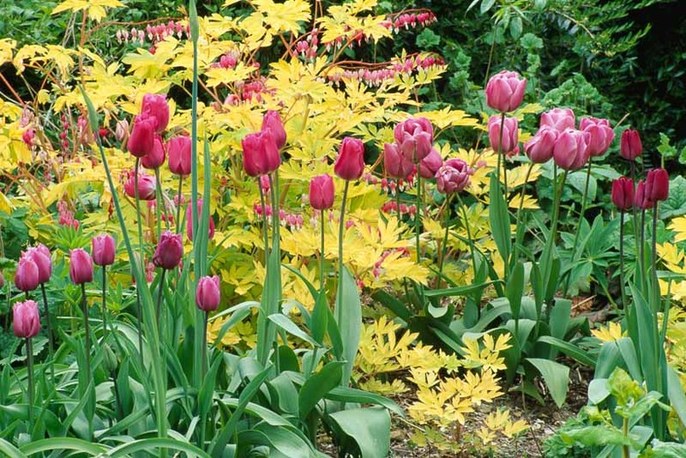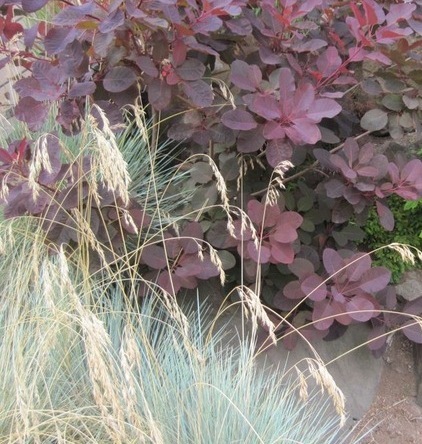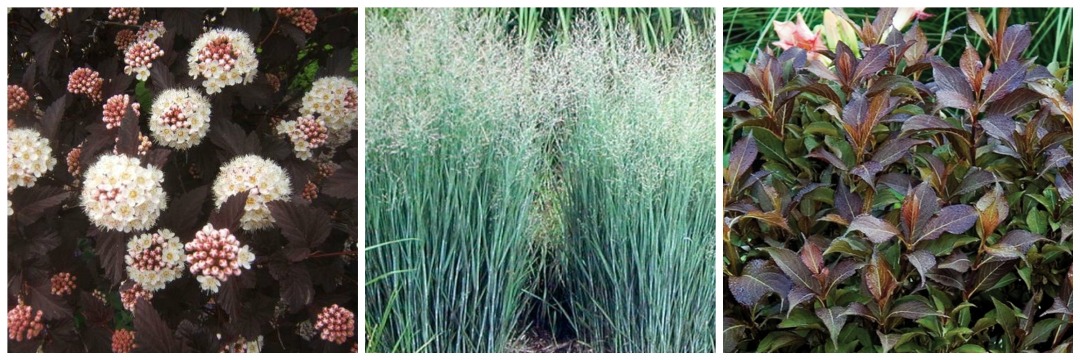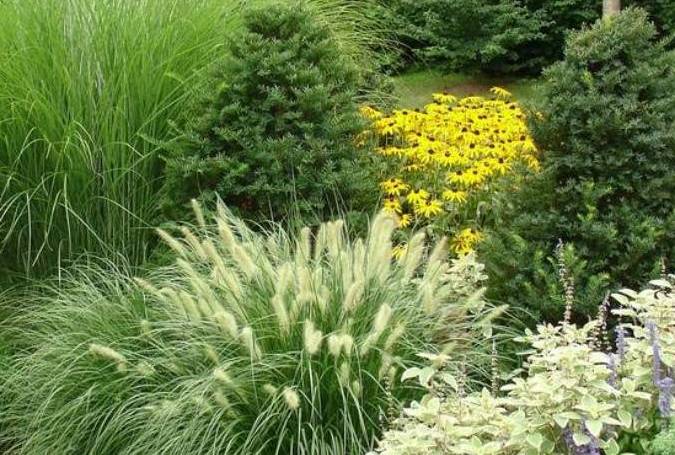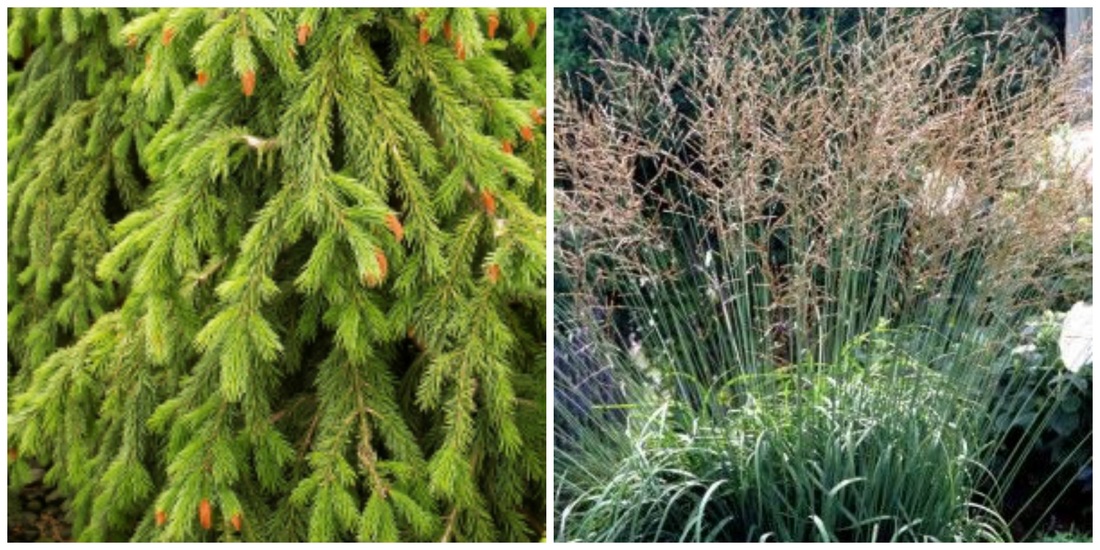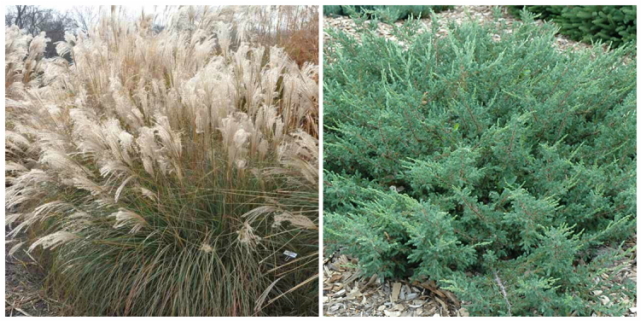|
2/20/2024 0 Comments Using Natural Fertilizers Ecological Gardening Practices
Part 5 Using Natural Fertilizers ‘Adopt the pace of nature’ - Ralph Waldo Emerson Over the past month, we have covered several eco-gardening topics: discover your ecoregion, growing the right plants, keeping your soil covered, and attracting beneficial insects. But if you implement all these practices but are still using synthetic fertilizers, weed killers, and pest controls on your lawn and in your landscape, you are basically shooting yourself in the foot, negating all your positive efforts. Most synthetic products can damage the beneficial microorganisms in the soil. If your soil is healthy, its teaming with beneficials that are doing all the work that a fertilizer would do. They help convert nitrogen from the air into the soil making it a usable form of food to the plants. They help decompose dead plant matter into what the plants need. By continually using synthetic fertilizers on our lawns, edible gardens, and landscapes, we lose this important natural ecosystem, and the plants come to depend on us. This makes more work for us! Here are alternatives that mimic a natural ecosystem . . .
Other options:
As we make the switch from synthetic to natural, we must realize that we can’t rush Mother Nature. Natural pest solutions and fertilizers take time. They work, but they work on their own time table because they are establishing a healthy ecosystem. In a culture that wants to see results quickly (think same-day Amazon delivery), we need to ‘adopt the pace of nature’, slow down, and let nature do the work for us. If the thought of giving up a green, perfect lawn is something you just can't do cold turkey, then consider easing your way into a more natural approach. Here are three tips: 1. Switch to a natural lawn fertilizer like Milorganite. Apply it in the spring or ideally in the fall. 2. Fertilizer less frequently. 3. Reduce the size of your lawn and add native plants. This will reduce the amount of fertilizer and water inputs right away! That wraps up our eco-gardening series. If you want to learn more, mark your calendars for Saturday, March 23. Naturalist, Beth Goeppinger will be here presenting ‘Planning Your Native Landscape’. You can also check out the links below. LINKS: Homegrown National Parks Native Plant Finder Natural Fertilizers to Improve Garden Soil
0 Comments
Soil is the foundation of all the plants you grow. If your soil is healthy, your plants are healthy. Why is that? Soil is alive with thousands of microorganisms that are working to keep nutrients available for your plants at the root level. If soil is left uncovered, those microorganisms can be exposed to sunlight, the top layer of soil can erode away, leaving plants at a disadvantage without a layer of insulation.
So we mulch. We have yards of hardwood mulch applied every year, and while this is a widely-accepted practice, there are better options that benefit the plants, the pollinators, and you. In ecological gardening, we are trying to mimic what nature does and restore wildlife habitats. In a natural ecosystem, you will rarely find exposed soil. Typically there is a layer of leaf litter that naturally falls, and within that layer are beneficial insects and their eggs that overwinter. ‘Leave the leaves’ has been a recent campaign by conservationists, and it makes sense. Not only do leaves help suppress weed seeds, but they nourish the soil as they break down and provide habitat for wildlife. Another option is a living mulch. Using plants as a mulch has many benefits - one of them is less weeding. When the right perennials are planted closely together, they will cover exposed soil and crowd out weeds. There are wonderful grouncovers that can be used as mulch as they weave in and around perennials and shrubs. In keeping with the last article ‘Grow the Right Plants’, we want to make thoughtful choices taking into consideration not only aesthetics, but also benefits to pollinators and plant communities. Introducing matrix plantings. A matrix is a design concept that originated in Germany following WWII. In it’s simplest form, a low-growing perennial is used as a groundcover, then taller perennials with similar cultural needs are planted among the groundcover to offer seasonal interest. Plants are carefully chosen based on their plant growth so they will knit together and form a cooperative ecosystem. Sedges (Carex) are commonly used as the matrix base layer. Other options include low-growing hardy geraniums (Geranium sanguineum), and lambs’ ear (Stachys byzantina) for sun, wild ginger (Asaram canadense) for shade. If you want to learn more about matrix planting design, click here. Learn more about sedges here. Living mulches can also be edible whether in an ornamental landscape or the vegetable garden. Wild strawberries (Fragaria virginiana) and herbs are good examples commonly used in permaculture. Learn more about permaculture here. The possibilities of living mulches are many and fun to explore. Next week we will focus on attracting beneficial insects. Also, watch for an opportunity to continue the conversation in person here at Burlington Garden Center coming soon. Until then, check out the links below to learn more. LINKS: What is Ecological Gardening Homegrown National Parks Native Plant Finder 1/22/2024 0 Comments Intro to Ecological GardeningDo you long for a garden that requires less maintenance, less water, and no chemicals? Do you also want a garden that supports pollinators, wildflowers, more biodiversity and healthier soil?
Ecological gardening may be the answer. It’s been the buzz word as the latest trend, but ecological gardening is not just a trend. It is a way to garden responsibly and intentionally that is becoming a way of life. What exactly is it? Ecological gardening strives to mimic and restore our local ecosystems. It’s the art of growing gardens that are suited to our area. It’s also a different way of thinking. Instead of choosing plants that only please you, it’s intentionally selecting plants that will support wildlife that already lives in our ecosystem, sustaining it through the four seasons. If you’ve read any books by Doug Tallamy, you already know some of the principles and practices of this type of gardening. If you haven’t read them, it’s worth your time to read “Bringing Nature Home” and “Nature’s Best Hope”. Copies will be available for purchase this weekend. We’ll be digging into the five practices of ecological gardening over the next few weeks here in the newsletter.
Watch for an opportunity to continue the conversation in person here at Burlington Garden Center coming soon. 2/20/2020 13 Comments Landscaping for WildlifeDesigning a wildlife-friendly garden may not be your biggest priority. You may have never even considered encouraging wildlife into your landscape or sharing your space with them. This quote by author Doug Tallamy may give you something to chew on:
'Chances are, you have never thought of your garden – indeed, of all the space on your property – as a wildlife preserve that represents the last chance we have for sustaining plants and animals that were once common throughout the U. S. But that is exactly the role our suburban landscapes are playing and will play even more into the near future.” ' Recently a few of our staff attended a presentation by David Drake, University of Wisconsin-Madison Division of Extension wildlife specialist in the Department of Forest and Wildlife Ecology. The talk was entitled Managing Wildlife and of course the expectation was that he would address how to keep rabbits out of the garden, squirrels out of the feeders, and raccoons out of the garbage. Instead, he gave a refreshing lecture on the benefits of drawing in beneficial wildlife such as birds, bats, snakes, frogs, toads, and turtles. Here are a few practical take-aways that we all can implement. Provide food, water, and shelter clustered in groups throughout the landscape. Feeders, shrubs with fruit, perennial seed heads planted near a birdbath or small pond check the first two boxes. Shelter can be in the form of bird houses, brush piles, and conifers. Plant for all four seasons and include trees and shrubs that have persistent winter berries. Install a bat house. Choose plants that have a purpose - like natives. Not sure what natives to plant? Check out the Native Plant Finder supported by the National Wildlife Federation to discover which indigenous plant species are the very best at supporting the insects that drive local food webs. A search of our 53105 zip code revealed that oak trees support over 300 species of butterflies, caterpillars, and moths. Goldenrod is the best native perennial supporting 102 different species. Be sure to check it out for the complete list. For more ideas, read Doug Tallamy's article here. Learn more about David Drake's work with urban wildlife here. 2/2/2020 4 Comments Gardening Intentions for 2020How are you doing on your resolutions, intentions, commitments for 2020? Maybe you have long given that new year’s practice up, but I’m going to suggest making an intention for the new season of gardening that is approaching. As winter is in no hurry to leave yet, these quiet months are perfect for reflecting on new things you many want to try, new plants to grow, new areas to landscape, ways to improve the lawn, how to use fewer chemical inputs, or perhaps it’s time to downsize to a patio garden. There are several movements within the world of horticulture that may interest you and give you some direction as to how you intend to spend your time growing this year. The first is one of regenerative gardening. It’s about being more conscientious and intentional about building up the soil we grow in. Composting, using natural and organic products, and no-till practices all aim to rebuild the soil’s organic matter and return nutrients to the soil. Healthy soil means healthy plants which lead to healthy food. Intention: Compost for a more sustainable garden. First step: Build or buy a compost bin. A second movement you may hear about this spring is small space gardening. Even in a large space, you can carve out a secluded spot in which to unwind. This can be done by seeking out dwarf varieties of plants which are becoming more prevalent. You may need to redesign an area if plants have become overgrown and crowded. Another strategy is to make use of vertical space and install a vertical garden. This is nothing new but there are new products available that make vertical gardening easy. Adding a small water feature can help sooth away the stress of the day. Intention: Create an outdoor space to relax in. First step: Analyze current landscape and consult with a designer. The color of the year is our next trend and it may surprise you. Classic blue. It’s already strong in interior design and fashion, but this is a great color to bring outside as well. Add blue pots to your outdoor garden, paint a trellis or fence, buy a blue birdbath, and grow plants with blue flowers. The intention isn’t to be trendy but adding color to your space can be reinvigorating. This hue of blue especially brings a sense of calmness. It’s solid and dependable in a time that isn’t so much. Intention: Add color to the garden. First step: Look up blue flowers easy to grow from seed. Finally, plant for wildlife. This movement is becoming stronger as more people become aware of the benefits of protecting pollinators from the many dangers they face. Grow plants that attract them and avoid using chemicals as much as possible. Natives are a good place to start. Intention: Plant a pollinator garden. First step: Find a list of pollinator plants and seek them out. Whether you try these intentions or not, hopefully you are thinking about the growing season that lies ahead and the possibilities it holds. As you do, you awaken the gardener within. Tracy Hankwitz is a horticulturist and general manager at Burlington Garden Center. For a list of pollinator plants and blue flowers to start from seed, go to www.burlingtongardencenter.com. In August's early days, time seem to pause suspended in deep summer. The harvest stills momentarily, bees buzz on intoxicating nectar, and a relaxed mood dominates when it's too hot to do anything but sit in a hammock under the shade trees. It's during this time that landscapes are filled with the lacey blossoms of hydrangeas. Some have been blooming since June, but by now there should be a pretty display of white, blush, pink, mauve and even deep red varieties. The selection is vast and can be confusing as to which one to choose. Following is an explanation of hydrangea types. Read on to discover the one that is best for your landscape. Smooth Hydrangeas (Hydrangea arborescens) are better known as Anabelles and are native to the south eastern part of the US. They are the earliest blooming group typically showing flowers in June. Annabelle's family is quickly growing as more members are introduced such as 'Lil' Annie', 'Wee White', 'Incrediball', 'Invincibelle Spirit, and 'Ruby', and 'Mini Mauvette'. Newer versions of Annabelle have either sturdier stems, larger flowers, or a more compact habit. Flower colors are either white or pink and do not respond to soil pH levels. Most hydrangeas in this group can take sun or part shade. CARE TIP: flowers on new wood; prune back to 18" in late fall or early spring. Big Leaf (Hydrangea macrophylla), also known as mopheads, have large colorful balls of florets. Plant in morning sun and afternoon shade, and playing with the soil pH can generally change the colors from blue, purple, and pink. Mature sizes range from 3-4' tall. CARE TIP: Most macrophyllas die back to the ground every year in our area. In spring, prune off dead wood and fertilize. Varieties to look for: any from the 'Cape Cod' series are hardy to zone 4 and are beautiful! Panicle Hydrangeas (Hydrangea paniculata) are woody shrubs that can take six or more hours of sun, and have large, cone-shaped flowers ranging from white to shades of pink and red. 'Quick Fire' is the earliest blooming variety, but by August they all are spectacular! Need something compact? Look for 'Bobo', 'Little Quickfire', and 'Little Lime'. Other varieties can grow 6-8' tall making a great living screen. 'Zinfin Doll' and 'Pink Diamond' are among the fragrant varieties. Many panicle hydrangeas are now available in tree form making them the perfect focal point in a small space garden. CARE TIP: Prune back by one third in early spring. Mountain (Hydrangea serrata) is a smaller group of hydrangeas originating from the mountains of eastern Asia and are hardy to zone 5. The lace-cap flowers are purple or pink depending on the soil pH. Mountain hydrangeas like morning sun for best flowering which bloom on old and new wood ensuring new flowers all season long. Leaves from the 3'x3' shrubs are used in tea. A variety to look for is 'Tuff Stuff' from Proven Winners. The final group of hydrangeas is Oakleaf (Hydrangea quercifoia). The leaves resemble oak leaves, and the panicles of flowers are lovely lace-like florets in whites maturing to mauves. Leaves turn a deep burgundy in fall adding another element of interest. When grown in full sun to part shade, they can mature 4-6 feet in height. A variety to look for is 'Jetstream'.
Hydrangeas not only add grace to the late summer garden, but cut stems of most varieties can be enjoyed indoors fresh or dried. ‘I must have flowers, always and always’ wrote Claude Monet. How many of us can’t identify with this sentiment? It’s the rose, the peony, the lily that make us catch our breath and stop to look twice. Isn’t that what we wait for all winter and spring? Planting annual flowers into containers to welcome us home every night or a garden bed filled with summer blooms give immense pleasure. Yes, like Monet we must always have flowers, yet there is something noteworthy and plausible about plants with terrific foliage. When the spring perennial flowers have faded, what makes the shade garden interesting? Hostas, Coral Bells (Heuchera), and ferns (especially Japanese Painted Ferns) carry us through summer and fall with variegated leaves, colorful foliage, and contrasting textures. Consider this: as perennials bloom their allotted times, some only a week or two, what do they look like when they are done flowering? How does that affect the look of that garden bed? And on an even broader scope, how does your landscape look when nothing is flowering? Adding a few perennials and shrubs with colorful and interesting foliage can take your garden from good to great design. After a quick poll of our staff at Burlington Garden Center, here are a few of our favorite foliage plants: CHARTREUSE FOLIAGE Aralia cordata ‘Sun King’ (above) is definitely king in the part shade or shade garden. This herbaceous perennial (Spikenard) will quickly grow to 3’ tall in ideal situations and its broad leaves bring a bold chartreuse color among hostas and hydrangeas. Hakonechloa macra ‘Aureola’ is a fine-leaf grass for the shade garden. This Japanese Forest Grass cascades over boulders, softens front of the border, and pairs well with Hostas. For the sun garden, a splash of chartreuse foliage can be provided by Agastache ‘Golden Jubilee’ even when not topped with purple flowers often covered with bees. BURGUNDY FOLIAGE Hummingbirds aren’t the only ones that love Penstemon digitalis. The burgundy leaves of ‘Husker Red’ and ‘Pocahontas’ are a pretty contrast when planted near green-leaf perennials. The Ninebark family (Physocarpus opifolius) seems to add new members every year, and each with attractive foliage – from deep burgundy, to amber, gold and copper tones. With different mature sizes, there is sure to be one for your yard. Coral Bells (Heuchera), like the one shown above, certainly are a go-to foliage plant for part-sun/part-shade. Burgundy, purple, caramel, silver and shades of greens are all pretty additions to the garden as well as to containers. Heuchera ‘Mystic Rose’ and ‘Green Spice’ are reliable varieties to look for. BLUE FOLIAGE Two plants with blue foliage combine well with that of burgundy-leaf plants: Fothergilla ‘Blue Shadow’ (above) is a medium size shrub for sun and part shade. With bottle-brush flowers in spring and beautiful red fall color, it adds interest to the landscape for three seasons. Several varieties of Hosta are easy-care perennials that bring the blues to shady gardens, too. VARIEGATED FOLIAGE
Once again, it’s Hosta that provides foliage-interest in the shade. Never settle for plain green again! Endless combinations of white, green, blue, yellow, chartreuse make this plant family far from boring. Our last suggestion for the shade garden not only offers interesting green and white foliage, but a unique, gracefully arched habit. Variegated Solomon Seal, Polygonatum ‘Variegatum’, spreads by rhizomes and will create small colonies over time. 4/11/2019 0 Comments Hip & Healthy HouseplantsHouseplants are making a comeback and are becoming an important part of your indoor décor. Ditch the plastic pots and select stylish containers that reflect your personal style. Choose from ceramic, terra cotta, wood and metal to bring color and texture into your interior space. Don’t forget to use soil toppings like moss and stones for interest. Succulents are the easy-to-care-for choice for Millennials and even Generation Z. With minimal water requirements, just place them in a sunny location, and they virtually take care of themselves. Choose from various types of echeveria, cactus, agave, jade, aloe and more. In addition to using trendy pots for your plants, hanging planters are back from the past. If you aren’t quite ready for that macramé hanger again, there are other varieties that use natural jute or metal chain for hanging. English Ivy, Heart-leaf Philodendron and Golden Pothos are great houseplants to hang. Houseplants that Purify the Air In the late '80s, NASA and the Associated Landscape Contractors of America studied houseplants as a way to purify the air in space facilities. They found several plants that filter out common volatile organic compounds (VOCs). Lucky for us, these plants can also help clean indoor air on Earth, which is typically far more polluted than outdoor air. Recommendation: 1 plant per 100 square feet in home. Aloe (Aloe vera) - Prefers sun and dry soil.
Spider plant (Chlorophytum comosum) – Pet Friendly Thrive in cool-to-average home temperatures and prefer dry soil. Bright indirect sunlight keeps them growing best. Gerbera daisy (Gerbera jamesonii) – Pet Friendly Needs at least six hours of direct sunlight every day. The brightly colored cut blooms can last as long as two weeks. Snake plant (Sansevieria trifasciata 'Laurentii') – “Mother-in-law’s tongue” Low light and dry out between waterings Golden pothos (Scindapsus aures) Needs bright, indirect light. Don't overwater or you'll end up with a case of root rot. Perfect plant for use in hanging pots. Red-edged dracaena (Dracaena marginata) Moderate sunlight – can eventually grow tall. English ivy (Hedera helix) Grows best with moist soil and four or more hours of direct sunlight each day. Great for putting in hanging pots. Chinese evergreen (Aglaonema Crispum) - they thrive in low light and will grow in places where other plants won't grow. They prefer slightly humid air. Heart leaf philodendron (Philodendron oxycardium) - They thrive with indirect light and very little maintenance. Great for hanging planter. Peace lily (Spathiphyllum) - Shade and weekly watering are all the peace lily needs to survive and produce blooms. 10/1/2018 1 Comment Great Pairings in the GardenOk, it isn't actually wine that we'll be pairing in this article, but you could enjoy a glass of it while you read this or as you are planting. Just as Pinot Noir compliments grilled salmon and Zinfandel pairs well with barbecued chicken, spring bulbs can compliment perennials with some thought and planning. Following are three ways to approach well-designed pairings. One category of pairings is bulbs and perennials with similar foliage. Hiding the dying foliage of spring bulbs is an important factor in these perennial/bulb combinations. For example, two of the easiest masquerading combos are daylilies with daffodils (see above) and tulips with hostas (see below). The pairs have similar foliage allowing for quick cover-up as the daffodils and tulip foliage die back and the new leaves of daylilies and hosta emerge. Imagine seeing the combination above in the same space in your garden but at different months of the year! Another benefit of planting daffodils among the daylilies is that they will discourage deer from eating the daylilies. * Other perennials make great pairings because of their interesting spring foliage. Many perennials don't bloom until summer but have interesting leaves in the spring. Imagine flowers of spring-blooming bulbs rising above those leaves and then disappearing just as the perennial comes into bloom. This extends the color and interest in your landscape for another season without taking up more garden space. Lady's Mantle (Alchemilla mollis) & orange tulips (see below) would be stunning together in the garden especially with a burgundy barberry added to the scene. My favorite accidental combination that turned out amazingly well was when I planted the large bulbs of Allium 'Schubertii' amongst an area covered with variegated Dead Nettle (Lamium). It was striking as well as whimsical. Hostas & Purple Allium like 'Globemaster' make great partners in the garden. And doesn't this burgundy leaf Coral Bell (Heuchera) & these pink tulips make a pretty match? * The final group of great pairings are those with the same bloom time. It can be tricky to do but with experimentation, you can come up with outstanding combinations. Imagine orange Oriental poppies with dark purple 'Queen of Night' tulips - dramatic and delightful. Here are a few more great pairings of perennials and spring bulbs: * Penstemon & Daffodils - the dark burgundy foliage of 'Husker Red'or 'Dark Towers' looks especially fabulous with yellow daffodils nearby. * Hardy Geranium & Grape Hyacinths (Muscari) * Creeping phlox & Grape Hyacinths (Muscari) - see photo below * Golden Bleeding Heart & pink tulips - see photo below Fall is the time to purchase spring-flowering bulbs and tuck them in the ground. In fact, if you are planting perennials now, throw a handful of bulbs in the same hole. Work smarter, not harder. And a final thought: just as a fine wine paired with the right entree provides a pleasurable dining experience, planting thoughtful combinations of bulbs and perennials can give your garden a well-designed look. Tracy Hankwitz Horticulturist and General Manager of Burlington Garden Center www.burlingtongardencenter.com 8/22/2014 1 Comment Design Tip: Burgundy BluesBurgundy foliage in the garden can be used most effectively when paired with the right hues. First, be mindful of your backdrop. Dark leaves don't show up on dark backgrounds. They just don't, so don't put them there. If you have a dark-red brick house, don't plant a ninebark against it. The burgundy leaves of the ninebark will show off much better against white or gray. My favorite way to use burgundy foliage is to pair it with blue - blue hostas in shade, blue grasses and blue evergreens in sunny spots. Below left is 'Little Devil' Ninebark (Physocarpus opifolius) and 'Shining Sensation' Weigela (right) with 'Prairie Sky' switchgrass (Panicum virgatum) in the middle' and 'Northwind' switchgrass. (shown in next collage). Add the blush flower heads of Hydrangea 'Quick Fire' or 'Limelight' (center), and the blue-green needles of a Juniper (left) and you have the perfect recipe for a sunny, low-maintenance shrub border. - Tracy Hankwitz, BGC Store Manager
8/14/2014 0 Comments Design Tip: Blades and NeedlesNot the blades and needles that first may come to mind. I am talking about the soft, arching blades of ornamental grasses paired with the stiff, rough texture of evergreen needles. It's a simple, winning combination and low-maintenance, too. Let me introduce you to a couple of my favorite combos: Wells' Weeper Spruce (Picea glauca) & Molinia 'Skyracer' (shown above) These photos just don't do this duo justice. They really look smashing together. Wells' Weeper Spruce is a Black Spruce variety. It's graceful weeping habit makes a blue-green backdrop to showcase the wispy, see-through stems of 'Skyracer' Molinia. Monrovia describes 'Skyracer' best: "Abundant spikes of tiny purplish flowers rise well above the foliage clumps, giving a shimmering effect when back-lit by the sun. Golden hued fall foliage is enhanced by the tall plumes of coppery bronze seed heads." This grass is a well-behaved, must-have for the garden! Add color with Autumn Joy Sedum for a stunning fall display. Wells' Weeper needs some room for it's mature height of 20'. 'Skyracer' visually balances it with it's flowering height of 6-8'. * A low-growing combination that I like to use is Miscanthus sinensis 'Adagio' and Alpine Carpet Juniper (shown above). The fine texture of this fountain-like grass compliments the rough, course texture of this short-needled Juniper. Add an interesting boulder to complete the look. 'Adagio' grows 3-4' and Alpine Carpet covers the ground growing 8"x3'.
* - Tracy Hankwitz Horticulturist & BGC Store Manager |
|
|
STORE INFO
5205 Mormon Road Burlington, WI 53105 262.763.2153 |

